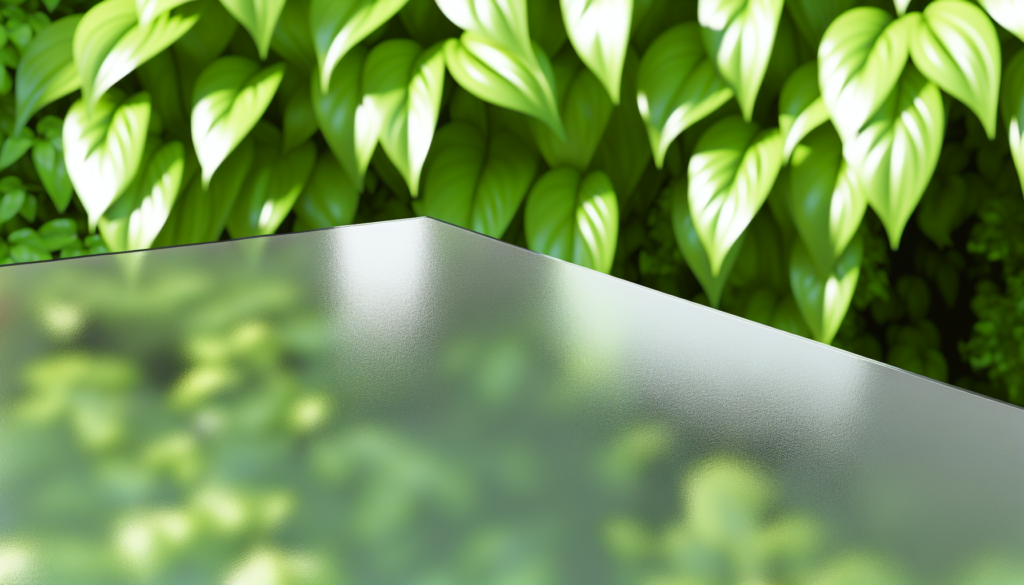Dealing with oily skin can feel like a never-ending battle. One minute your makeup looks flawless, and the next, you’re reaching for blotting papers to tame that midday shine. I’ve been there too! The good news? With the right skincare essentials and consistent routine, you can effectively manage oily skin and achieve that balanced, healthy glow you’ve been dreaming of. This guide will walk you through the ten skin care essentials for oily skin that dermatologists and skincare experts swear by, helping you tackle excess sebum while keeping your complexion clear and radiant.
Understanding Oily Skin: The Basics
Before diving into solutions, let’s understand what we’re dealing with. Oily skin occurs when sebaceous glands produce excess sebum (oil), often due to genetics, hormonal changes, or environmental factors. While this natural oil helps protect your skin, too much can lead to enlarged pores, shine, and acne breakouts.
What many don’t realize is that oily skin can also be dehydrated. Yes, you read that right! Your skin might be producing extra oil to compensate for lack of moisture. Counterintuitive, isn’t it? This is why finding the right balance is crucial.
The 10 Must-Have Products for Oily Skin
1. Gentle Cleanser
The foundation of any skincare routine starts with cleansing. For oily skin, you need a cleanser that removes excess oil without stripping your skin of essential moisture.
Look for ingredients like:
Remember to cleanse twice a day, but not more—over-washing can actually trigger more oil production as your skin tries to compensate.
2. Alcohol-Free Toner
Forget what you knew about toners from the early 2000s! Modern toners for oily skin are alcohol-free and designed to balance your skin’s pH while removing any leftover impurities.
Great ingredients to look for include witch hazel (in small amounts), rose water, and green tea extract. These help reduce inflammation and control shine without causing irritation.
3. Lightweight Exfoliator
Exfoliation is your secret weapon against clogged pores, but the key word here is “gentle.” A chemical exfoliant with BHAs (beta hydroxy acids) is generally better than harsh physical scrubs.
Use it 2-3 times a week—not daily!—to remove dead skin cells that can trap oil and cause breakouts. Your skin will thank you with improved texture and fewer blackheads.
4. Oil-Free Moisturizer
Yes, oily skin absolutely needs moisturizer! Skipping this step can cause your skin to produce more oil to compensate.
Choose gel or water-based formulas labeled “non-comedogenic” (won’t clog pores). Ingredients like hyaluronic acid provide hydration without heaviness, while dimethicone can give a matte finish.
5. Clay Mask
A good clay mask is like a vacuum for your pores. Applied once or twice a week, masks containing kaolin or bentonite clay absorb excess oil and draw out impurities.
For a little extra power, look for formulations that also include sulfur or zinc, which have additional oil-controlling and anti-inflammatory properties.
6. Vitamin C Serum
Vitamin C isn’t just for brightening—it’s also fantastic for oily skin types. This powerhouse antioxidant helps:
Apply in the morning before sunscreen for best results.
7. Retinol Product
Retinol (a vitamin A derivative) is perhaps the most researched skincare ingredient, and for good reason. It regulates cell turnover, prevents clogged pores, and reduces the appearance of large pores—a common concern with oily skin.
Start with a low concentration (0.25-0.3%) and use it at night, gradually building up frequency as your skin adjusts.
8. Oil-Free Sunscreen
Sunscreen is non-negotiable for all skin types. For oily skin, look for oil-free, matte-finish formulas labeled “broad-spectrum” with SPF 30 or higher.
Many people with oily skin prefer mineral sunscreens with zinc oxide or titanium dioxide, which tend to be less greasy and can even help absorb some surface oil.
9. Blotting Papers
Not exactly skincare, but definitely essential! Blotting papers are your midday rescue for absorbing excess oil without disturbing makeup or adding more product to your face.
Keep a pack in your purse, desk drawer, or car for touch-ups throughout the day—they’re much better than layering on more powder.
10. Niacinamide Treatment
Niacinamide (vitamin B3) deserves its own category because it’s such a game-changer for oily skin. This ingredient:
Look for serums with 5-10% concentration for maximum effectiveness.
Creating Your Daily Routine
Morning:
1. Gentle cleanser
2. Alcohol-free toner
3. Vitamin C serum
4. Oil-free moisturizer
5. Oil-free sunscreen
Evening:
1. Double cleanse (especially if wearing makeup)
2. Toner
3. Retinol or niacinamide product
4. Lightweight moisturizer
Weekly:
1. Clay mask (1-2 times)
2. Chemical exfoliator (2-3 times)
Tips for Maintaining Oil Control Throughout the Day
Beyond your skincare products, these habits can help keep oil at bay:
When to Consult a Dermatologist
If your oily skin persists despite following a consistent routine with these skin care essentials for oily skin, it might be time to see a dermatologist. Persistent issues could indicate hormonal imbalances or other conditions that require professional intervention.
A dermatologist might recommend prescription-strength ingredients like higher concentrations of retinoids, spironolactone (for hormonal acne), or professional treatments like chemical peels.
Managing oily skin is a journey, not a destination. What works will change with seasons, hormones, and age. The key is to be consistent with your routine while remaining flexible enough to adjust when needed. With these ten essentials in your skincare arsenal, you’re well-equipped to keep shine in check while maintaining healthy, balanced skin. Remember that some oil is actually good—it keeps your skin youthful and protected. The goal isn’t to eliminate oil completely, but to find that perfect balance where your skin looks healthy, radiant, and just glowy enough without crossing into greasy territory.







